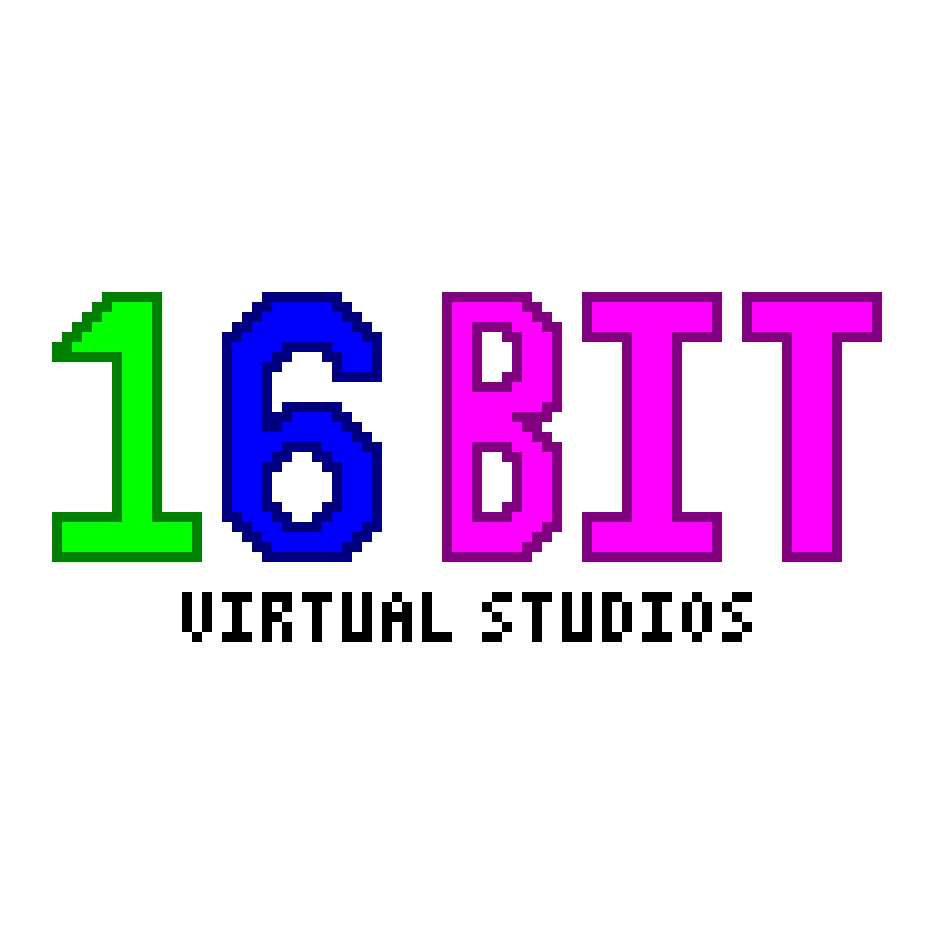During the first impressions of said distro, what feature surprised you the most?

Arch Linux. Everyone said it was hard to use, unstable, etc. but my experience with it has been the exact opposite.
Yes, the install process is needlessly complicated (although it got a lot simpler now that we have archinstall), but the OS itself is rock solid and rarely has any issues that require more than a reboot or a package reinstall to solve. The AUR is a godsend too if you don’t want or don’t know how to compile stuff from source.

Arch Linux has by far the best community, the support wiki is the most useful wiki to Linux there is, it basically covers everything. Mad props to the arch Linux community.

Agree, but mad props to the Gentoo people too. Nice community and incredible wiki as well.

Debian. Since so many distros are based of it I always thought of it to be a stripped down, minimal and basic distro, but after daily driving for a year now in suprised how feature complete and pleasent it is out of the box with kde DE.

Endeavour OS
I’ve tried all the usual distros many times over the years but never an arch based distro until last year. I gave arch a go first and it was great but then tried endeavouros and it came with the fixes I needed and was more instantly good from the first boot. The AUR and arch wiki stuff just makes the whole experience most (sry to use this term) Windows like in terms of fixes and support.

EndeavourOS is the first Linux distro I tried a little over a year ago.
I have never felt the need to even try anything else. If it ain’t broke…

Steam OS 3 from Steam Deck. It’s based on Archlinux, but system is write protected by default. And the Gaming mode is surprisingly good. And that the Desktop mode is just Arch+KDE.

I installed Pop in a VM (I use Debian usually) and was surprised how usable it was sans-graphical acceleration. Ubuntu is pretty much unusable these days in a VM - it can literally sometimes take 30 seconds for a button press to register where it works instantly in VM Pop or Fedora.

Bending the question a little but my second “first impression” of Arch’s “simplicity” surprised me the most.
I was running Gentoo for a while before deciding to move back, and I was surprised that somehow I had
- saved space
- gotten faster at doing new things (…)
- didn’t lose any boot speed or anything like that
Granted, I had jumped on Gentoo because of misconceptions (speed, ricing, the idea that I needed USE flags), but going back, I saw things more clearly:
- the AUR being basically a shell script download + 300 MB of base-devel was simpler and more space-efficient than /var/db/repos (IIRC – since the portage and guru ebuilds were all held locally anyway after syncing, an on-demand AUR saved space).
- the simple automatic build file audits on Arch felt more clean to me. I like checking my build files; had to make a script for the guru ebuild equivalent (but maybe there’s a portage arg i missed somewhere – wouldn’t be the first time)
- Arch repos separating parts of packages in case you don’t need some part (like splitting some font into its languages, or splitting a package into x and x-doc and x-perl) was almost a simple USE flag-ish thing already
- /etc/makepkg.conf was Gentoo’s make.conf. And its build flags looked similar to the CFLAGS I manually set up anyway.
- My boot time (btrfs inside LUKS with encrypted /boot) was the same with systemd vs. openrc
- I realized I liked systemd (because of the completeness of my systemctl muscle memory, like with
systemctl statusandjournalctl, or managingsystemd-logindinstead of usingseatdand friends).
Not bashing on Gentoo or anything, but it’s when I realized why Arch was “simple.” Even me sorely missing
/etc/portage/patcheswas quelled byparu -S --fm vim --savechanges.And Arch traveling at the speed of simplicity even quantifiably helped: Had to download
aur/teamsthe other day with nine-minute warning.¯\_(ツ)_/¯

I just wish more distros made their terminal prompt and updater look as good as Gentoo’s, it’s weirdly the one thing I miss most about messing around with it

Void. Boots in 2 seconds to Xfce if not for udev. Maybe i’ll try mdev.

voidlinux: gave me much better battery life - I assume because it starts as a minimal system and one adds only the essentials to do the job - compared to the soup-to-nuts distros that pile everything in so that newbies are acccomodated. Of course, the voidlinux approach needs more linux skills - but it’s not that hard and the doco is great.
Also, I love the back to basics runit init system and runsv service runner (I’m old so I like that stuff) and the ultra fast xbps packaging system.

Been curious to try. How is your RAM usage on it? Like that it uses runit. Like my systems to be minimalistic and with little bloat.

Manjaro, its a clean and simple way to install Arch with lots of good GUI for all the tasks a user needs to do on their system… Then it crash and bricked the install… 3 times.
Anyways I’m on Mint now.

Endeavour os was the great manjaro replacement for mw

Endeavour is Arch and Manjaro isn’t. Endeavour is not a replacement for Manjaro for that reason alone.
“I installed distro B over distro A” does not mean “distro B is a replacement for distro A”. They can be wildly different and it could be very misleading for someone looking for something that’s actually similar to distro A.

How did it crash?
Manjaro is a very opinionated distro and has a certain way of doing things. There’s also a lot of bad advice online that tells you to do exactly the things that will break it. Doing things like using an experimental kernel, switching to unstable branch, using Arch repos, installing graphical drivers outside its driver tool, installing critical packages from AUR, using Arch-specific config commands and so on.
Manjaro will work perfectly if you let it work the way it was designed, but lots of people don’t. Those people would be much better off using Arch or one of the Arch derivates that stay true to the way Arch does things.
Messing with Manjaro then complaining “it broke” is like using a toothbrush to slice bread and complaining it’s not working. Well, it’s the wrong tool for what you wanted, of course it won’t work.

For me it was installing apps from the AUR, like Intel Compute. Had dependency issues and errors every time other packages updated and when I tried to fix it, other modules would uninstall, and break my DE, or put my machine in an unrecoverable state.
It’s not as bad as that time my btfs file system broke randomly in Fedora, since I was able to recover my data. But it always felt like an endless battle with the distro to keep it going. Which is why I moved to mint.
I know it was a Manjaro issue since when I attempted to move to EndevorOS the issues were gone… though I dont like it as a distro (I.e. why isn’t a package manager gui installed by default)

I believe intel-compute-runtime is in the official packages, why install from AUR?

Can’t remember any more, either it was installed along side another package, or it was installed because of intel openCL support. Either way it’s been over a year since my last Manjaro install borked, and I’ve been running (and upgraded) Linux Mint.

Many have surprised me for different reasons.
The most recent that did is Alpine. I decided for some reason to install it for regular desktop use on an RPI400.
First surprise, the ISO was so small. Second surprise, everything installed so fast when I used the install scripts. Third surprise was the up-to-date repos. The final surprise was the community: it handled noob questions and complicated questions so well, walked users through click by click and one command at a time. Awesome and totally an acceptable option for a desktop which is why I immediately installed it on my main laptop and used it for a number of months.

+1 for Alpine. I had my reservations due to their mistrust for glibc which rattled my GNU sensibilities, but musl is rock steady and all my apps feel stable and hackable.

So many distributions impressed me, but I think gentoo, nixos, Guix and Alpine impressed me most. Maybe Zorin with its beautiful design for newcomers.
If I had to pick one, it may be Alpine. The idea of having a fully usable OS with so little is really impressive. It even has a fully functional build system similar to Arch’s ABS (on which the AUR is based)
Gentoo, nixos and Guix are really impressive and make computing a pleasant activity.

I have fond memories of doing Stage 1 gentoo installs. Not that I did them often, but what a great learning process.

Garuda Linux hands down. Arch at its core but has just enough hand-holding for me to be comfortable and able to do most things via a GUI out-of-the-box.
I might not have made the switch when I did if I hadn’t found this distro.
Bazzite for an honorable mention, running it on my laptop and recently had some update troubles as it hadn’t been booted up in a while and ended up rebasing to the newest image (and discovered there was a specific image for Asus laptops with nvidia GPUs). The rebasing process really WOW’ed me…

I’m a bazzite user coming from silverblue, Jorge and the team have really done a great job when you think how daunting silverblue can be at first but how accessible the I ublue projects are.
But I’ll add another point to Garruda because I completely miss judged it. Initially thought yup another edgy gamerz distro but their tools are awesome particularly the btrfs manager.

Gentoo’s USE flags. <3

Guix System. The way that this distro keeps track of changes of the distro itself. The concept of having a store where everything you build is stored there with write protection. The fact that you can configure not only the system but every home environment to every detail but without having to deal with various configuration files that you keep track of it.
The fact that all builds are bit by bit reproducible. The extensibility you have in your system.
It’s the first distro I feel that nothing in your own OS instance is tied to any distro decisions.
The fact that you can have multiple versions of the same library without breaking the system.
It has a lot of things that I never thought it could be possible with a distro without going crazy about creating a very messy configuration.

I love it, but the configuration is messy. Many packages are out of date, but the Scheme syntax makes it easy to update them and build them on your system.
Problem is, getting these updates merged with the upstream never happens generally speaking (I have several open patches), so you end up having two working trees in your local Guix repo, and heaven forbid you run guix pull on the wrong branch.

I come from Debian stable so…
I’m currently ending the Guix manual. I want to add freetube and N64recompiled packages. Didn’t know it’s difficult to get patches or packages update to mainstream.
It’s a bit funny that the records that Guix uses are not the baseline records of the Guile api but modified ones. And the documentation in some low-level regards is scarce.
But using Guix opens up endless options and more importantly it helps you manage and learn how to setup operating systems.

the best resource in Guix is searching the irc logs or reaching out to their irc directly. The manual only gets you so far

Void Linux, very clean and fast on old hardware.

